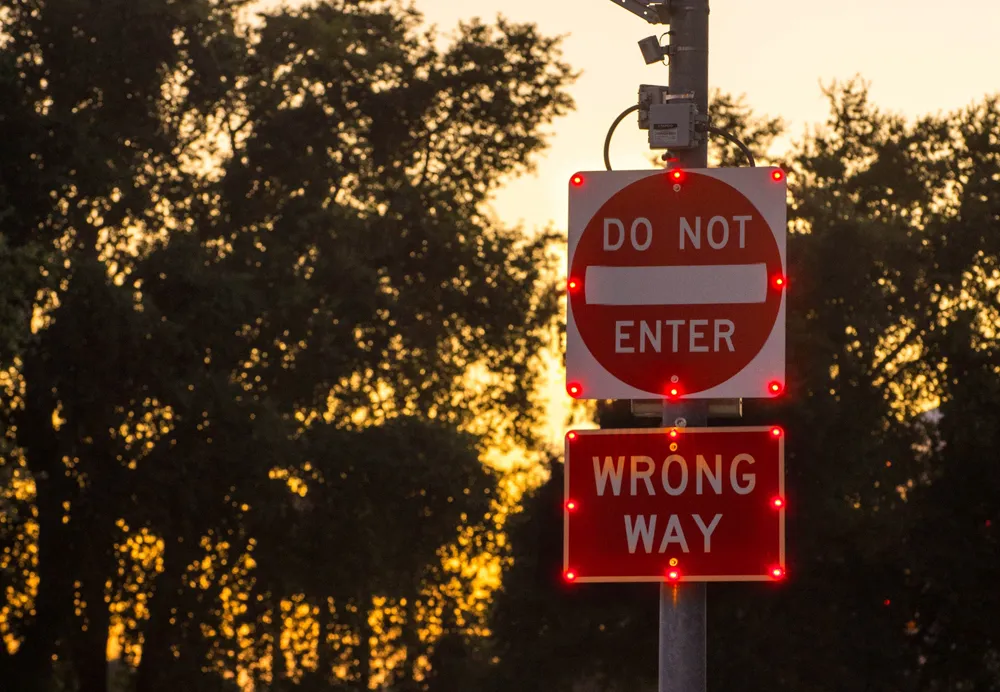Road experts led by Australia’s University of New South Wales (NSW) professor Mike Regan are to conduct what is said to be the most thorough traffic safety study in Australian history. Cameras inside and outside cars will film 400 volunteers in Victoria and New South Wales in an effort to analyse the cause of crashes and change driver education and road safety campaigns. The cameras will record how drivers behaved and reacted in ''real world'' situations. John Wall, manager of road safety technology with N
April 16, 2013
Read time: 2 mins
Road experts led by Australia’s University of New South Wales (NSW) professor Mike Regan are to conduct what is said to be the most thorough traffic safety study in Australian history.
Cameras inside and outside cars will film 400 volunteers in Victoria and New South Wales in an effort to analyse the cause of crashes and change driver education and road safety campaigns. The cameras will record how drivers behaved and reacted in ''real world'' situations.
John Wall, manager of road safety technology with NSW6722 Roads and Maritime Services, said the study was unlike any other done in Australia.
''It's a little bit like reality TV for road safety researchers,'' he said. The cameras would capture what happened in real crashes and gather valuable data, he said.
A similar study by the324 US Department of Transportation and 5593 Virginia Tech Transportation Institute, involving 241 drivers, surprised authorities by showing that eighty per cent of collisions were caused by the situation or driver inattention. The researchers believed driver distraction was the main cause of accidents.
Professor Regan said the Australian study would look closely at drivers not paying adequate attention. ''That's the biggest contributing factor we know of for crashes,'' he said.
Professor Regan's team will look for a wide spectrum of volunteers, including drivers with disabilities and people who use prescription medication. The study will have an even split between urban and rural users in NSW and Victoria.
Two pilot vehicles are already on the road, calibrating sensors that will be used when the study starts next year.
A Mobileye safety system developed by collision avoidance systems manufacturer will use a combination of radar and camera sensors to record potential collisions of a type not recorded in Australia.
Cameras inside and outside cars will film 400 volunteers in Victoria and New South Wales in an effort to analyse the cause of crashes and change driver education and road safety campaigns. The cameras will record how drivers behaved and reacted in ''real world'' situations.
John Wall, manager of road safety technology with NSW
''It's a little bit like reality TV for road safety researchers,'' he said. The cameras would capture what happened in real crashes and gather valuable data, he said.
A similar study by the
Professor Regan said the Australian study would look closely at drivers not paying adequate attention. ''That's the biggest contributing factor we know of for crashes,'' he said.
Professor Regan's team will look for a wide spectrum of volunteers, including drivers with disabilities and people who use prescription medication. The study will have an even split between urban and rural users in NSW and Victoria.
Two pilot vehicles are already on the road, calibrating sensors that will be used when the study starts next year.
A Mobileye safety system developed by collision avoidance systems manufacturer will use a combination of radar and camera sensors to record potential collisions of a type not recorded in Australia.










